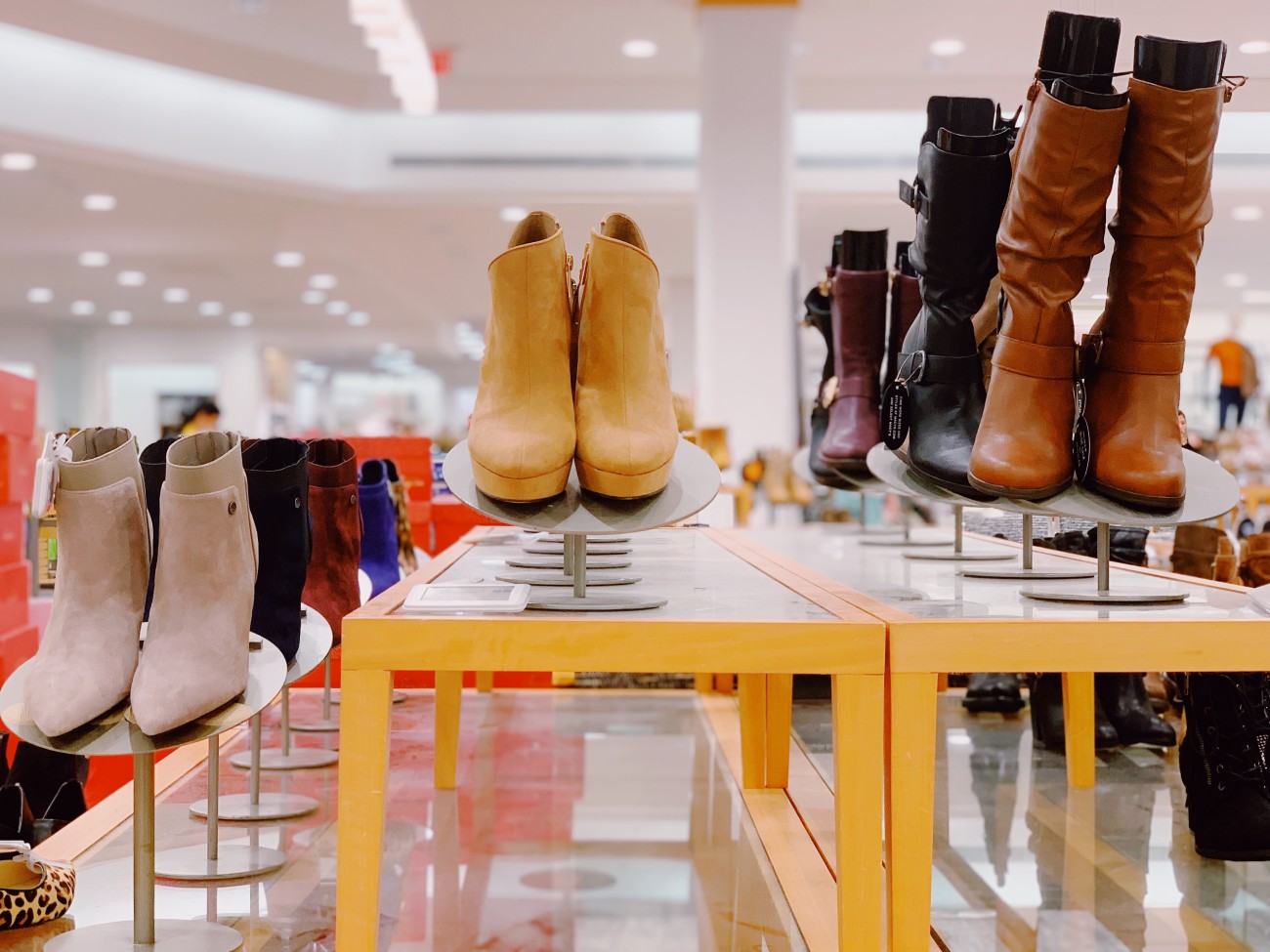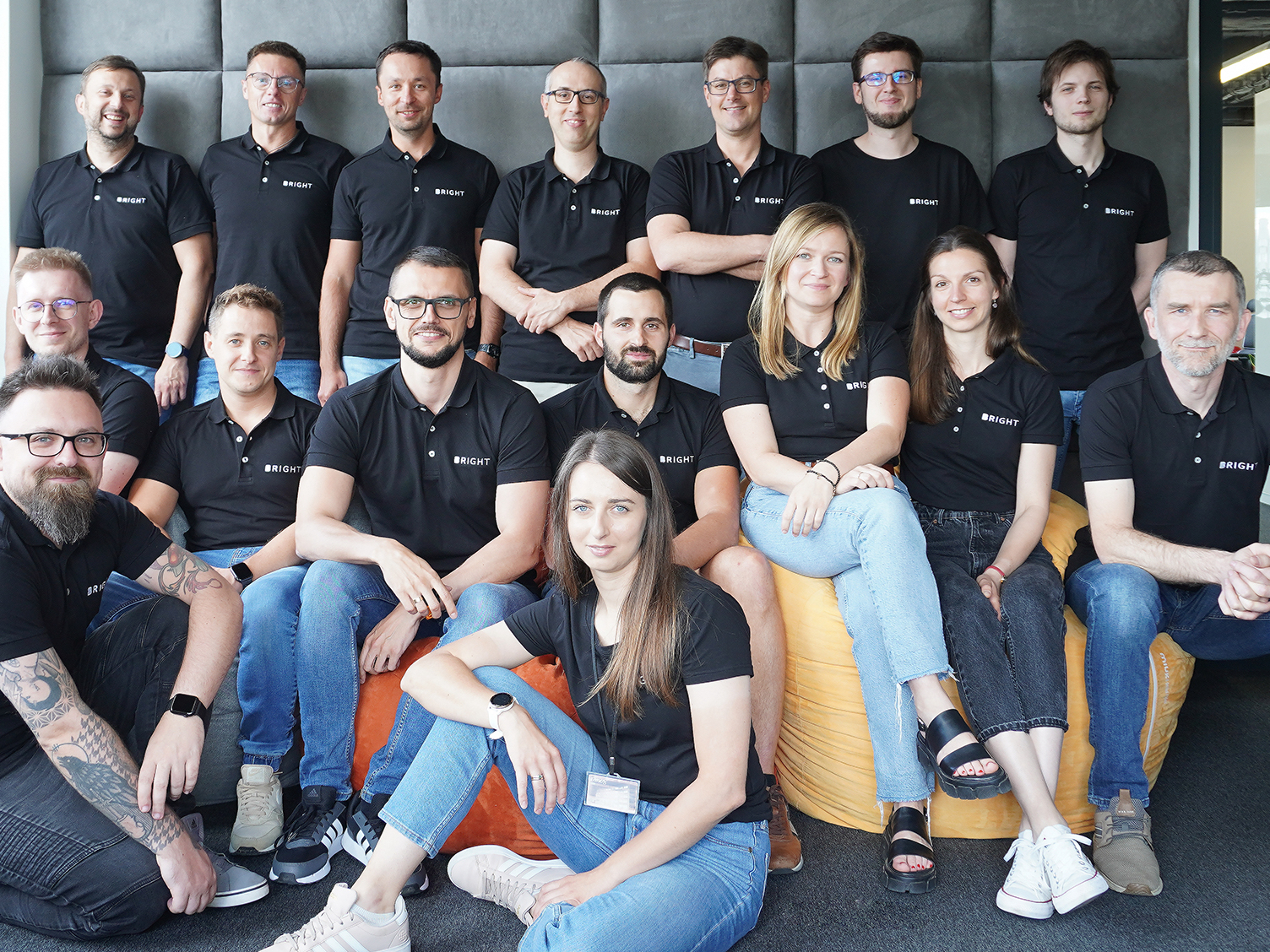Interview with Kelly Goetsch, Chief Strategy Officer at commercetools
In the first part of this interview series I talked with Kelly Goetsch about the current state of eCommerce and took a glimpse into the future. In this part, we focus on the challenges brands and retail companies currently face in their quest to sell online.
Dennis: You said that digital natives will only do shopping online. However I know a case in Poland where a retail company combined the old with the new: The shoe retailer eobuwie.pl. They started as a small stationery shop that went online and gradually expanded their online shop internationally with local domains. But then they found out that people still want to have the physical experience of trying on the shoes, feeling them and looking at them from all angles. So, they opened showrooms in shopping centers across Poland where they have a limited choice of shoes, maybe the bestsellers, and you can try them on. You can even measure your feet with a digital measurement device and literally get your digital footprint. With this footprint, you can compare online which shoes will fit your foot. In that physical showroom, you still go online, either via your smartphone or via their own terminals. Essentially, you are visiting their online shop while you are sitting in their physical showroom, ordering what you want and then going home without anything, waiting for the home delivery the next day.
Kelly: That is what I mean. If you have gone furniture shopping recently, that is what furniture shopping has become. That is what a lot of shopping is. You go to a physical showroom, pick out the goods and then they deliver it to you later.
Dennis: So, eCommerce will become more dominant, and customer behavior is changing, especially with digital natives. They expect everything to be online. These are, of course, huge challenges that both retailers, like brick & mortar stores, and brands must face. Maybe you can expand on these challenges?
Kelly: I think the biggest challenge is the fact that many of these organizations and many of the people running these organizations are not digitally native themselves. And it is hard to compete against these new digitally native vertical brands. There is a whole crop of VC-backed brands that sell direct-to-consumer. It is hard to compete with them online if your business was not set up that way to begin with. As a result, many organizations release technical updates of their online presence once a month and think that this is great. But digitally native vertical brands release to production 10 times a day. They are running at different levels and the businesses are set up for different metrics. That is one challenge.
“The biggest challenge: Many organizations and many people running these organizations are not digitally native themselves.”
I think another challenge is hiring talent. A lot of people do not want to work for the traditional retailers. Instead, they want to work for the fun young companies. They want to work for Google. They want to work for the hip companies. It is kind of boring to go work for retailers somewhere in the middle of nowhere. And pay wise, you know you would get a lot more money working for a tech company than you would working for a retail company.
Dennis: Tech versus retail, do you think this is a global thing? Do you see this mostly in the US? Or is it also something that you see in Berlin, Germany, for example?
Kelly: I think it is a global issue, but I do see it a lot in the US especially. And yet, another challenge is how do you recreate the brand experience in a digital format. We have customers like Burberry, for example. Yes, they sell products, but they are also selling a lifestyle brand. That is what a lot of businesses are. They are selling a brand. You can buy a pair of pants from anyone, and they all roughly do the same thing. They have the same function. But why should you spend $300 for Burberry pants versus $25 for the no-name brand pants, when both roughly do the same thing? You must create that emotionally engaging experience with your customers. Now, if you go into a Burberry, which I did once, it is very much a brand experience. You can tell they have a specific smell in the store. The merchandise is laid out very beautifully. They have very good capable store associates. People who can help. They are doing a lot to create a memorable shopping experience. And it is hard to take that physical in-store experience and replicate that for the web.
“Another challenge is: How do you recreate the brand experience in a digital format?”
Dennis: I would not consider myself an emotional shopper. I say: “Give me facts. Give me statistics. Give me parameters.” I know I am not representative of all customers, but maybe online shopping was for a long time – or maybe even still is – more like this? That you, as a customer, are looking for rational parameters because that is the only thing you could really see in eCommerce until recently. Maybe change is coming with more tools available to bring this emotional shopping experience into online stores?
Kelly: Yes, absolutely. There are more tools coming online and there are a lot of interesting new business models being pioneered: The whole concept of creating urgency. The whole concept of bidding. The whole concept of marketplaces. There are a lot of different interesting buying formats being pioneered right now, and I think we will see which ones win out over time. It is not just a matter of paying with a credit card for some goods. Often, there is a little bit more involvement than just that. I mean, shopping is entertainment to some degree. And people want to be entertained...
Dennis: … at least when it comes to things like buying Burberry pants. Grocery shopping may be a different thing. But for example, for car brands, it is in many cases really about emotion.
Kelly: Yes, any purchase reflects the person who bought it. It is brand identification. It is very rarely just a matter of feature and function.
“Shopping is entertainment to some degree.”
Dennis: The eCommerce environment in China is very advanced. There you can pay via WeChat Pay, which is effectively the Chinese WhatsApp with a built-in peer-to-peer payment system. You can pay for everything there with WeChat Pay. But they also have this social credit system, which is – from a US/European point of view – a dystopian innovation. What do you think: What elements we already see in China could be implemented soon in the Western world?
Kelly: I think the last-mile delivery is something that they have figured out well in China. It is something that in the West, at least, we have not really figured out yet. And in most Chinese cities there are fleets and fleets of usually young men on motorbikes bringing goods. In many cases, you can get your product within an hour or two of buying it. People really like that immediacy and, in the West, maybe Amazon has partially figured this out with Prime, but the rest of the world really has not yet, and it still takes too long to get goods delivered. It is kind of ridiculous, to be honest.
Dennis: I am not sure how it is in the US, but in Germany, overnight delivery is already common. And in Indonesia, there are two popular apps: Grab and Go-Jek which combine food delivery services, taxi services and many more services in one app, while in Europe and the US these services are usually separate apps from separate vendors. That was already before the pandemic. Now, due to the pandemic, also in Europe services around the last mile have picked up. Like in Indonesia, various food delivery apps are now expanding their service catalogue. Their drivers even go to the shops to pick up goods you have bought from the supermarkets via the app.
“The last-mile delivery is something that they have figured out well in China.”
Kelly: We do not have that in the US yet. I know that you can get that in Western Europe, in many places for sure. But in the US, we just do not have that outside of major population centers. And that is the issue when you do not have that density, it becomes hard and uneconomical to do overnight delivery on every single purchase. It is expensive to ship stuff.
Dennis: Maybe that can change with drones?
Kelly: Yes, exactly, drones would be great. But I think that anything other than the status quo would be an improvement.
In part three of this interview series, we will explore for whom headless commerce platforms are a viable solution to become ready for the future. If you are curious about how the future could look, read the first part of this interview series.





